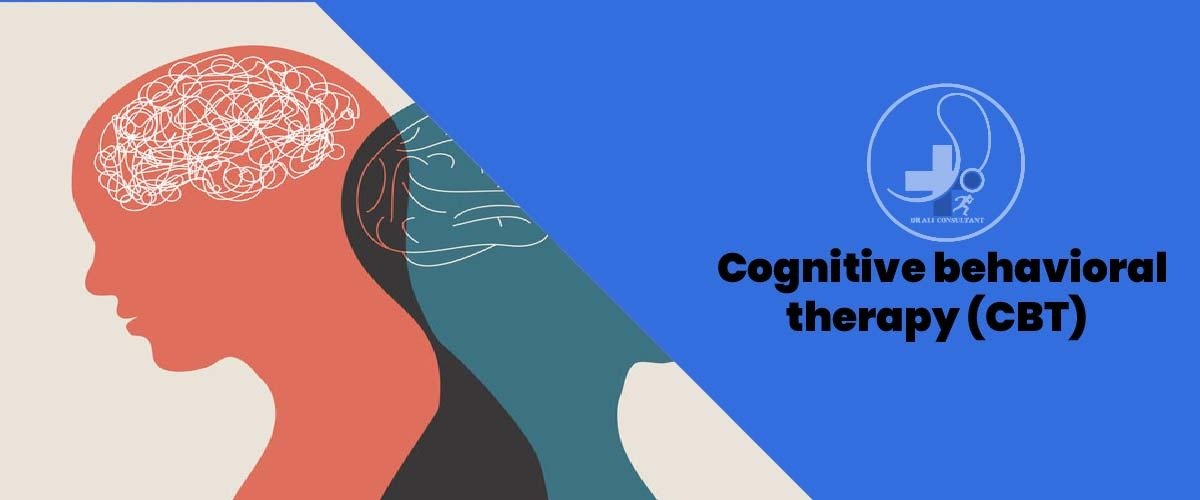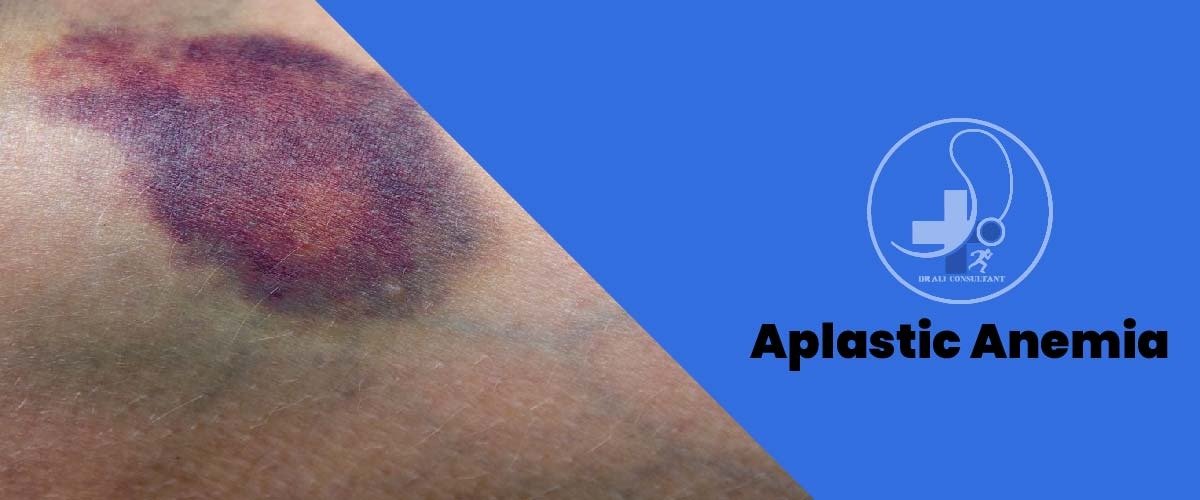William Syndrome Symptoms and Treatment – New Research
William Syndrome Symptoms and Treatment – New Research based topic, with that we include its epidemiology and life expectancy. Lets start with basis to understand
Williams Syndrome, also known as WilliamsBeuren Syndrome (WBS), is a rare neurodevelopmental disorder characterized by a genetic deletion of approximately 26 genes on the long arm of chromosome 7. This syndrome is recognized for its distinctive features, including unique facial characteristics, exceptional social affability, developmental delays, cardiovascular problems, growth and physical challenges, cognitive and social aspects, fears and anxiety, as well as attention and behavioral challenges. Despite these difficulties, individuals with Williams Syndrome often exhibit a loving and friendly nature, with strengths in music, auditory shortterm memory, and facial recognition. In this comprehensive article, we will explore Williams Syndrome indepth, including its symptoms, genetic causes, diagnosis criteria, prevalence, pathophysiology, and the various aspects of treatment and support for individuals affected by this condition.

What is Williams Syndrome?
Before we start to learn Willams Syndrone symtoms and treatment on basis of new research we need to understand what is Willams syndrome.
Williams Syndrome, or WilliamsBeuren Syndrome (WBS), is a rare genetic disorder caused by the deletion of approximately 26 genes on chromosome 7. This deletion results in a range of physical, cognitive, and behavioral characteristics that are unique to the syndrome
Symptoms and Characteristics
Williams Syndrome is characterized by a distinct set of features:
- Facial Characteristics: People with Williams Syndrome often have a broad forehead, a short nose with a flattened nasal bridge, wideset eyes, full cheeks, and a wide mouth.
- Social Affability: Individuals with Williams Syndrome are known for their exceptionally friendly and sociable nature. They show a keen interest in social connections and often exhibit extraordinary kindness and openness with strangers.
- Developmental Delay: This disorder is associated with developmental delays, including delays in language and motor skills. Interestingly, individuals with Williams Syndrome often have relatively intact language skills despite their developmental challenges in other areas.
- Cardiovascular Problems: Heart issues, particularly supravalvular aortic stenosis, are common in Williams Syndrome. This narrowing of the aorta can lead to significant heart problems. People with Williams Syndrome may also experience transient hypercalcemia, characterized by elevated calcium levels in the blood.
- Growth and Physical Challenges: Individuals with Williams Syndrome commonly experience growth delays and may struggle to gain weight appropriately during infancy. They often have low muscle tone, dental abnormalities, and heightened sensitivity to specific sounds (hyperacusia).
- Cognitive and Social Aspects: In addition to cognitive challenges, people with Williams Syndrome often exhibit remarkable social and verbal abilities. They are typically highly sociable and have a compassionate nature. However, forming deep social connections can be challenging.
- Fear and Anxiety: Williams Syndrome individuals may have elevated levels of anxiety and develop specific fears, often related to their sensitivity to certain sounds (hyperacusia). Common fears include falling from heights, thunderstorms, and other specific anxieties.
- Attention and Behavioral Challenges: Attention deficit hyperactivity disorder (ADHD) and related symptoms, including poor concentration and hyperactivity, are frequently present in individuals with Williams Syndrome. Impulsivity, hyperactivity, and difficulties in selfregulation are also common.
It is important to note that while these characteristics are prevalent in Williams Syndrome, there can be individual variations.

The Genetic Basis: Causes of Williams Syndrome
Williams Syndrome is primarily caused by a deletion of approximately 26 genes on the long arm of chromosome 7. This deletion results in the characteristic features and developmental challenges associated with the syndrome. The genes within this deleted region play essential roles in various aspects of development, including cardiovascular, neurological, and cognitive functions.

Diagnosis: Criteria and Tools
The diagnosis of Williams Syndrome is typically based on clinical evaluation, genetic testing, and the presence of characteristic features. Criteria for diagnosis include the physical and developmental characteristics mentioned earlier, often accompanied by genetic testing to confirm the deletion on chromosome 7.
Diagnostic tools may include
- Physical Examination
Clinical evaluation by a healthcare provider to assess the physical and developmental features associated with Williams Syndrome. - Genetic Testing
This can include techniques like fluorescence in situ hybridization (FISH) to confirm the deletion on chromosome 7.
Epidemiology: Prevalence and Incidence
Williams Syndrome is a rare disorder, with an estimated prevalence of approximately 1 in 7,500 to 1 in 20,000 births. However, recent studies suggest that it may be underdiagnosed. The condition was first identified in 1961 by Dr. J.C.P. Williams, and ongoing research continues to provide valuable insights into the realm of neurodevelopmental disorders.
Unraveling the Pathophysiology
The pathophysiology of Williams Syndrome is primarily associated with the genetic deletion on chromosome 7. This deletion affects the functioning of multiple genes responsible for various aspects of development. In particular, the cardiovascular system is impacted, leading to conditions such as supravalvular aortic stenosis. Additionally, the cognitive and social aspects of Williams Syndrome are influenced by the genetic alterations in the deleted region
Treatment Options for Amenorrhea
While there is no cure for Williams Syndrome, various treatment and management strategies can help individuals with the condition:
- Medical Care:
Regular clinical evaluations, including cardiology assessments, are essential to address the specific health issues associated with Williams Syndrome, particularly cardiovascular problems.
- Behavioral Interventions:
Behavioral therapies and interventions can help individuals with Williams Syndrome manage attention and behavioral challenges. These interventions can assist in gaining essential social skills and coping with anxiety.
- Speech and Physical Therapy:
Speech therapy can help individuals improve their language and communication skills, while physical therapy can address issues related to low muscle tone and developmental delays.
- Medication:
In some cases, medication may be prescribed to manage symptoms such as anxiety, ADHD, and specific medical conditions associated with Williams Syndrome.
Surgical Interventions (if applicable)
In some instances, surgical interventions may be necessary, particularly in the case of cardiovascular issues. Corrective surgical procedures may be required to address conditions like supravalvular aortic stenosis, which is common in Williams Syndrome.
Rehabilitation and Support
Rehabilitation and support services play a crucial role in improving the quality of life for individuals with Williams Syndrome. These may include occupational therapy, social skills training, and support groups. Families, educators, and healthcare providers can work together to create a supportive and nurturing environment for individuals with Williams Syndrome.
Conclusion
Williams Syndrome, a rare neurodevelopmental disorder resulting from a genetic deletion on chromosome 7, presents a unique set of characteristics and challenges. Understanding the genetic basis, diagnostic criteria, and available treatment and management options is essential for individuals affected by this condition and their families. Research into Williams Syndrome continues to provide valuable insights, offering hope for improved support and outcomes in the future. Despite the challenges, individuals with Williams Syndrome often bring warmth and kindness to those around them, reminding us of the resilience and uniqueness of the human spirit.


